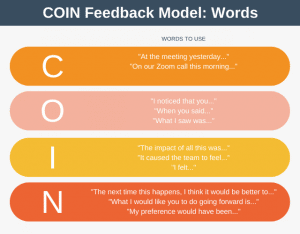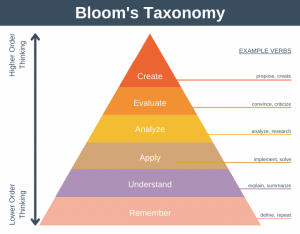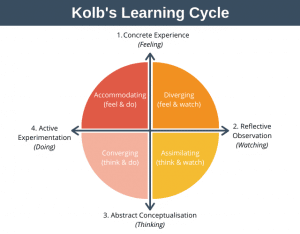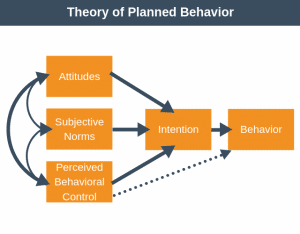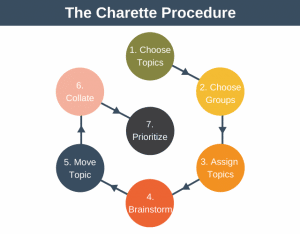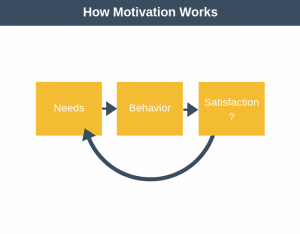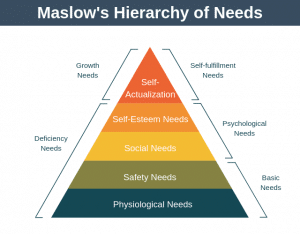Group Dynamics can be complex. One team member may be more boisterous than others. This boisterous behaviour may cause another team member to contribute little or nothing to the discussion. The end result of these behaviors being that the group reaches a bad decision.
Another reason groups make bad decisions is because they fall into the trap of groupthink. Groupthink is also caused by group dynamics and occurs when groups reach a consensus opinion or decision without critically thinking, or testing and challenging their ideas. Groupthink is particularly common in cohesive groups where everyone knows each other.
There are a number of techniques you can use to get the best out of your team and avoid the problems associated with group dynamics, including Nominal Group Technique and the Delphi Method. One of the simplest methods to implement though is the Stepladder Technique.
What is the Stepladder Technique
The Stepladder Technique is very simple. It starts with the creation of a core team of 2 people. Team members are then asked to join the group one at a time. Each new team member presents their opinion to the group before group discussion starts. In this way everyone is encouraged to express their opinion equally.
Using the Stepladder Technique
There are 5 steps to in the Stepladder Technique.
Step 1: The problem is presented to all the members of the group. If the team leader is presenting it is important not to direct the group in any way. The team members should be given adequate time to consider the problem themsevles before moving to the next stage.
Step 2: Form initial team of 2 people. These two people discuss the problem amongst themselves. No decision needs to be made at this point.
Step 3: Add a new team member to the group. This new member presents their ideas/proposal to the group before then listening to the ideas that have already been discussed. It is important to leave time for group discussion in this stage as well as time for the individual presentation.
Step 4: Add a new member to the group and repeat the process from step 3 until there are no more team members to add. Don’t forget to allow time for the group discussion after each new team member has presented.
Step 5: The final decision is made only after the final member has joined the group and the final group discussion is complete.
As you can observe, by making team members contribute equally, these steps make it difficult for an individual member to overpower the meeting, and also make it difficult for individuals to hide within the group.
If you’re a program manager or project manager, managing an eclectic group of personalities and your trying to decide the way forward, you may want to consider using The Stepladder Technique in your team.
